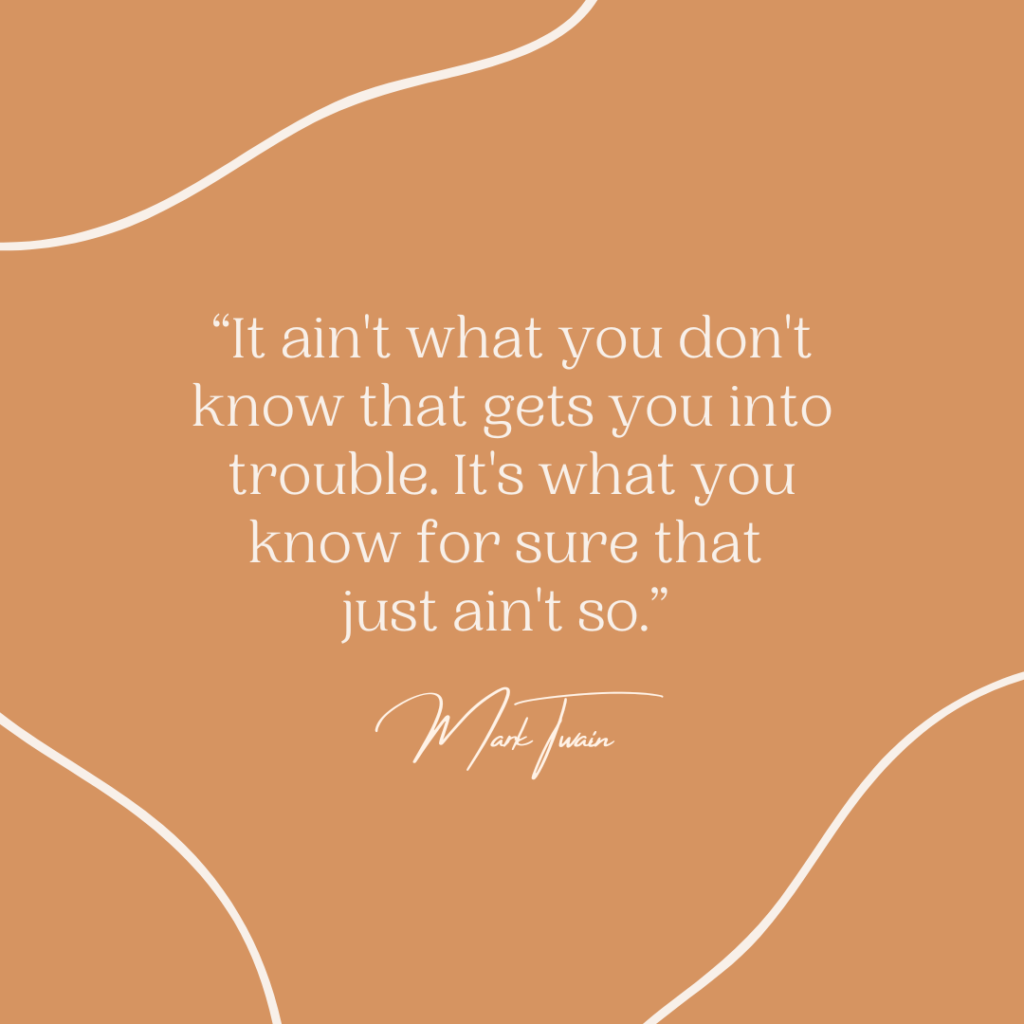As a principal, I remember being excited about a new initiative we were considering for our school. I had done extensive research, seen its success in other schools, and felt confident it was a perfect fit. Based on everything I knew, it seemed like a no-brainer.
But I also knew that for any initiative to succeed, it couldn’t just be something I imposed on my staff—it had to be something they saw value in as well.
With that in mind, I took a small team to visit a school several hours away that had already implemented this initiative. The drive there gave us time to discuss our hopes and expectations, and from the energy in the car, everyone seemed as excited about this opportunity as I was.
When we arrived, we met the staff and students, and it was clear the initiative worked beautifully for them. But something didn’t feel quite right. I couldn’t pinpoint why, but despite all the evidence of its success, I started to question if it was the right fit for our school community.
On the way back, I asked my team what they thought. Their enthusiasm remained high, but something felt off. It seemed like they were telling me what they thought I wanted to hear rather than what they truly felt.
So, I pushed a little further.
As we kept talking, I realized they shared my hesitation. It was a great program—but it wasn’t great for us.
What I had been so excited to implement, I was now completely comfortable leaving behind.
That moment reinforced an important lesson: I didn’t bring my team on that trip to get their buy-in. I brought them to get their input. There’s a big difference.
While reflecting on this, I was reminded of a quote by Ray Dalio:
“Maturity is the ability to reject good alternatives in order to pursue even better ones.”
There were aspects of the program that we eventually incorporated, but as a whole, it wasn’t the right fit. And that was okay.
The Bigger Lesson: Challenging What You Agree With
This experience made me think about how often we challenge the things we disagree with but rarely question what we already believe.
For example, when I encounter a news article that aligns with my views, my first reaction isn’t “YEAH!”—it’s, “What am I missing?” Instead of immediately resharing something that confirms my beliefs, I try to consider the perspectives I might be overlooking.
Are we teaching this skill to our students? And as adults, are we practicing it ourselves?
It’s easy to challenge ideas you disagree with. It’s much harder to scrutinize the ones you’re confident about.
(I love this quote from Mark Twain:)

But here’s the thing: When you challenge even the ideas you agree with, two things can happen.
- Those ideas either become stronger because they withstand scrutiny.
- Or you gain a deeper understanding of other perspectives.
Next time you come across an article or an idea that aligns with your beliefs, pause and ask yourself: “What am I missing?”
You might be surprised by how much your thinking improves.
As I’ve said before, curiosity is part skepticism and part wonder.
Challenging the things you disagree with is easy. Pushing back on the ideas you feel pretty confident about? That’s what makes you better.